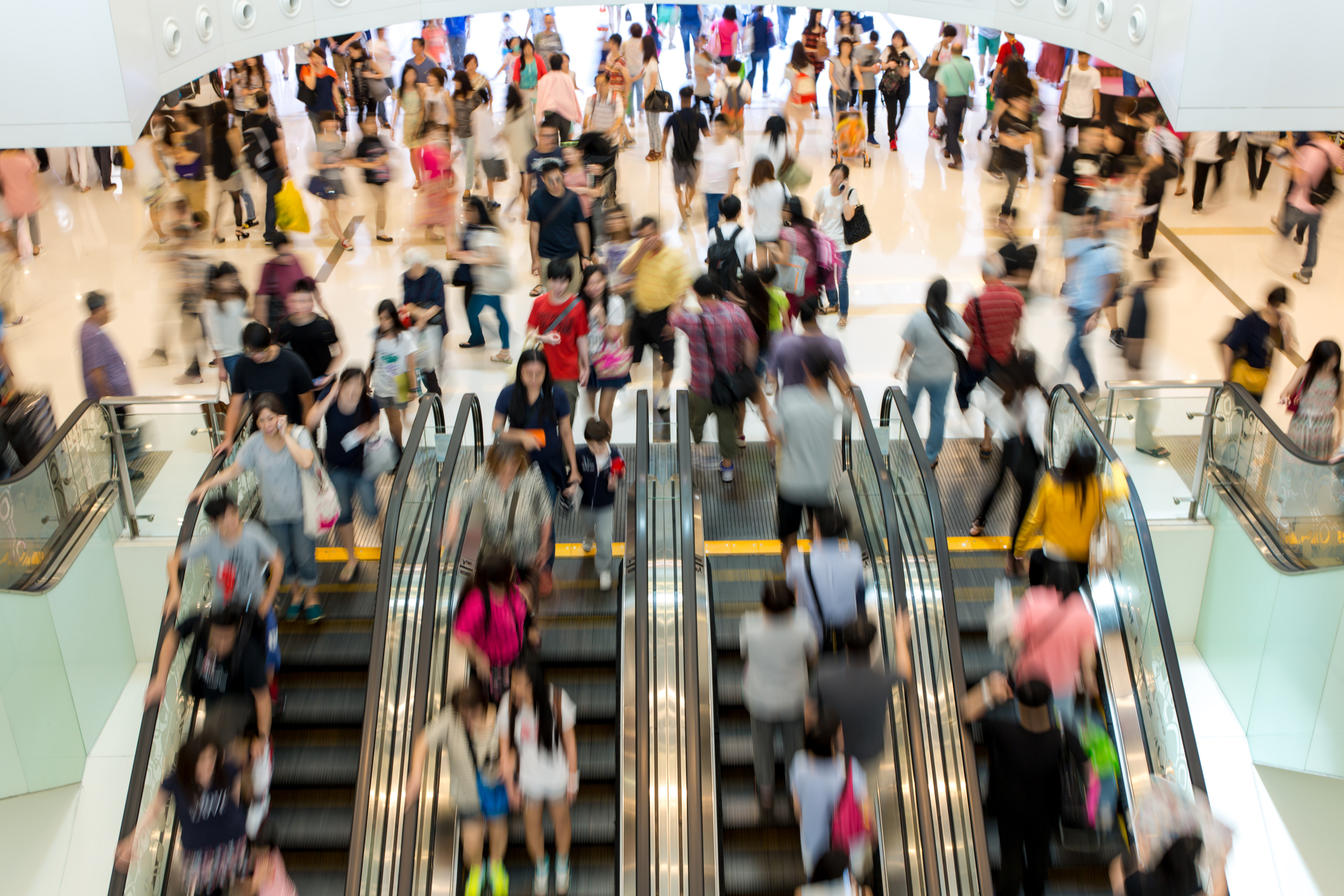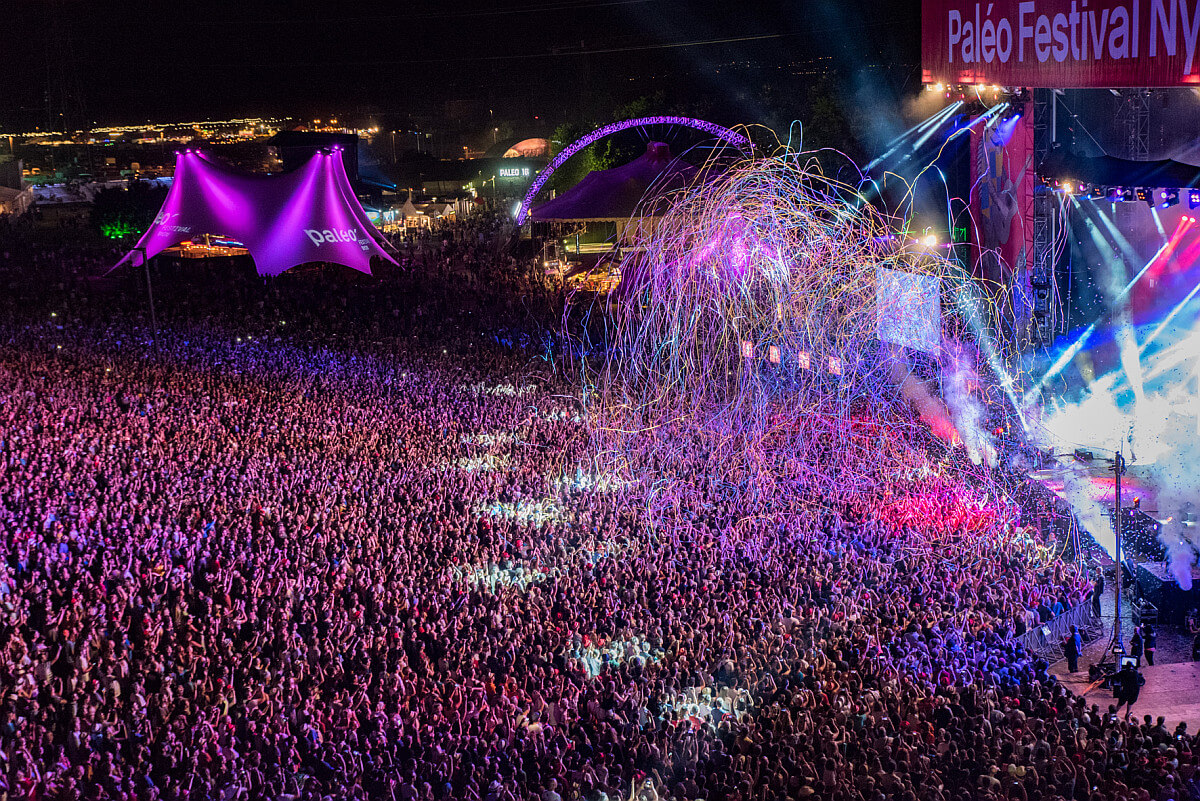Pedestrian flows in shopping centers: how to improve the customer experience and boost performance?

Traffic flow in shopping centers: optimization levers and intelligent tools
Understanding and optimizing the flow of flows in shopping centers has become a major challenge for retail players. Beyond a simple question of comfort, effective management of Pedestrian flows And logistic flows has a direct impact on visitor experience and economic performance. Well-managed shopping center attendance improves the customer journey, to make travel more fluid and to avoid areas of saturation.
The integration of advanced technological solutions, such as counting sensors and data analysis, offer new optimization levers for more intelligent and responsive visitor flow management.
Why is it crucial to properly manage flows in a shopping center?
Optimizing the flow of flows in shopping centers is vital. Good management ensures a smooth and pleasant customer experience, avoiding the frustrations of queues or Of waterlogging areas. It is also a guarantee of safety and accessibility, especially in case of crowds, ensuring compliance with standards (emergency exits, PMR access). From the point of view of commercial profitability, effective visitor flow management makes it possible to valorize the “hot areas“ and To animate The “cold areas“. Understanding these flows thus makes it possible to orchestrate a real efficient customer journey from the entrance to the point of sale.
A Cushman & Wakefield study on buying behavior recently showed that a visitor who turns around for three minutes without reference in a gallery loses up to 40% of the intention to buy.
Thus, tools such as counting sensors and data analysis are essential for understanding mall traffic, refining the customer journey and preventing the saturation of shopping areas, thus boosting overall performance.
Understand the different types of flows in shopping centers
To optimize the flow of flows in shopping centers, it is essential to understand the different types of movements.
Les Pedestrian flows interiors, it's the very life of the center: the ambulatory between shops, the breaks. There are also the inflow and outflow, which dictate the first contact and the orientation of the customer flow.
Let's not forget the external flows (car parks, transport), crucial for the accessibility and attendance of a shopping center. Finally, the operational flows (deliveries, maintenance) are essential components ofoptimizing retail operations, although often invisible to the visitor.
A detailed analysis of these movements makes it possible to refine the customer journey, avoid the saturation of a commercial area and improve overall the management of visitor flows.
How to analyze the flow of flows in shopping centers?
To optimize the flow of flows in shopping centers, a precise analysis is essential. How do you go about it? Thanks to advanced technological tools, we can truly understand the movement of customer flows and pedestrian flows, thus optimizing each stage of your Sales Funnel.
First of all, the travel mapping, often carried out via counting sensors intelligent devices or cameras, make it possible to visualize the paths taken by visitors. This data, combined with the raw information from the people counting sensors, offers a valuable overview of the attendance of a shopping center.
Then, the use ofAtmaps and the analysis of the Attendance rate by zone reveal the hot and cold spots of the center. This helps to identify high-traffic areas and those less busy, thus making it possible to better adjust the traffic plan. La Measuring queues and customer journey times is also crucial for detecting bottlenecks and preventing the saturation of a commercial area.
By exploiting this data, visitor flow management becomes more scientific, transforming observations into concrete levers of action to improve the customer journey and commercial performance.
Technis recently supported Advatail in the deployment of 3D sensors in a retail park. The challenge was to map the real movements of visitors and to identify areas of unexpected congestion. This analytical work allowed the informed reorganization of certain poorly frequented areas and to increase the number of visitors to the place by more than 18% in 3 months.
What technologies should be used to streamline flows?
To optimize the flow of flows in shopping centers, advanced technologies are essential. Les counting sensors at the entrances/exits and the smart cameras accurately measure shopping center attendance. This data, analyzed in real time via intuitive dashboards, offers a clear vision of pedestrian flows and facilitates queue management optimized.
THEdynamic signage can then guide customer flows, optimizing the customer journey and reducing the stress associated with traffic. Of warning systems prevent saturation, allowing proactive management of visitor flows. These solutions not only improve the visitor experience, but also the optimization of commercial spaces, thus maximizing the overall performance of your establishment.
Good planning practices to promote good traffic
To optimize the flow of flows in shopping centers, thoughtful layout is essential. Create large and pleasant spaces, including rest areas, to encourage a smooth and stress-free flow of pedestrians. Traffic must be intuitive, without interruptions, allowing for a natural and continuous customer journey.
One clear signage and well-positioned is essential to guide visitors and avoid disorientation, thus improving the management of visitor flows. The strategic distribution of retailers plays a major role: position the locomotives to attract customer flows to less frequented areas and thus boost the entire center.
By combining a Traffic plan smart with technological solutions such as Technis counting sensors, which measure the number of visitors to a shopping center, you can prevent the saturation of commercial areas and significantly improve commercial performance.
In short, controlling the flow of traffic in shopping centers is essential to offer an optimal customer experience and maximize economic performance. From movement analysis to intelligent technologies such as counting sensors, each lever contributes to better management of visitor flows and to the prevention of the saturation of commercial areas. To find out how our solutions can transform your shopping center, visit our services pages now!
What tools can be used to analyze customer flow?
Counting sensors, smart cameras, heatmaps and data analytics provide an accurate picture of attendance and routes.
Why is managing pedestrian flows crucial for profitability?
Effective management improves the customer experience, reduces congestion, enhances commercial areas, and optimizes sales performance.
How to avoid saturation zones in a shopping mall?
Thanks to the real-time analysis of flow data, dynamic signage, clear signage and strategic space planning.
Latest articles
Stay up to date with everything that's going on at Technis: product news, articles, and tutorials.







.jpg)
